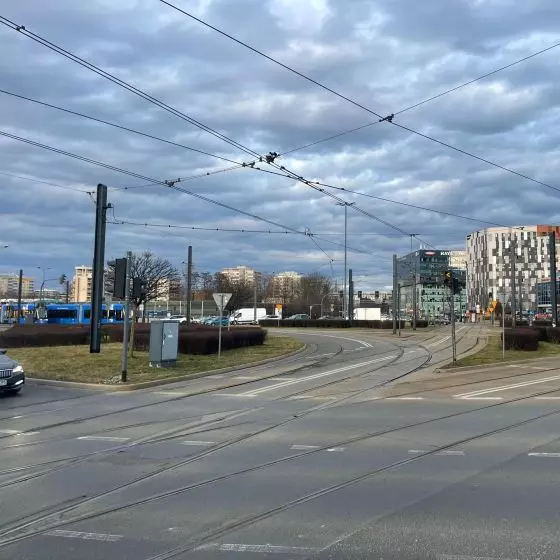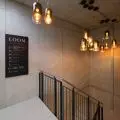There is a sense of spring in the air. Pandemic restrictions have highlighted the need for private space. In Polish cities, allotment gardens, terraces and balconies are reliving their glory. During the time of global "captivity," more and more discussions have emerged around the use, but also the importance of the balcony in building design, something that, as free people, we have almost forgotten.
Where did balconies come from?
Balconies were probably "invented" as far back as ancient Mesopotamia, where attics were built to shield the street from the scorching sun. But for the purpose we know today, i.e. wanting to provide natural lighting for dwellings and ventilation, they were built by the Mycenaeans (areas of present-day Greece). The invention was taken over by the Romans, and later balconies had already spread all over Europe, and their constructions became much more complex. Some served a decorative function, with ornate trellises and openwork finishes to provide privacy, others merely with modest balustrades.
After a period of intense urbanization, balconies became symbols of modern, metropolitan lifestyles. In the 19th century, they appeared in poetry, literature and painting. They were synonymous with living close to the street, which was what every artist wanted at the time.
balconies and politics
In addition to their cultural significance, balconies from the 20th century to the present have served as spaces for city residents to communicate their views. Even during Algeria's war of independence with France in the 1950s and 1960s, independent mass protests were held on balconies after the government banned public gatherings. Women took to the balconies and sang a series of high notes used to express collective mourning, meanwhile French supporters performed "Concerts des casseroles," or concerts using pots and pans as instruments. Sound familiar?
Today, from Polish balconies fly rainbow flags in support of freedom, banners of the Women's Strike and expressions of opposition to the Polish government. At a time when a pandemic is underway and not everyone has the opportunity to take to the streets, assembly is banned, it is architecture that interferes in politics, giving people walls and balcony space to shout their opinions in their own way.
debunking
In our world, balconies are private spaces with access to "fresh" air. They also serve practical functions by creating a sound barrier, providing natural light, shade and ventilation. We have a right to them, and most modern apartments are equipped with them.
But looking at our eastern neighbors, the architectural right to a balcony, seems something foreign. There, in the 1990s, city space was considered a no-man's space. The facades of buildings were in-between, therefore not covered by property rights. Balconies, or rather balcony-like structures made of glass, wood, plastic, sometimes brick, sometimes built like palace chambers, others made of things from the trash, began to be attached to them. They have become a mirror of a divided society.
The balcony in the post-Soviet edition is a product of its own, an intrusion into the city space, unlawful and often parasitic. In addition to the legal aspects, to better understand the phenomenon of enclosing apartments with balconies, I recommend looking at architect Oleksandr Burlaka's photographic book, Balcony chic. Burlaka talks about the system that took hold in post-Soviet countries. Residents there built balconies in the wild, without the so-called permits for additions as we know them, and the government was unable to control this in any way.
Last year, Roman Blazan made a documentary film called Enter Through TheBalcony. He invited architects and ordinary users of architecture to talk. In the film, the director shows how one can learn about society and its problems by analyzing this architectural phenomenon of balcony additions.
the new life of balconies
The prohibitions brought by the pandemic are forcing people to move their relationships not only to the skies of the Internet, but also to share, for example, music or their art precisely from the balcony space. Balconies are for many a window to the world, thanks to which they do not feel so lonely. More and more art exhibitions and concerts around the world are taking place precisely in balcony spaces.
But despite the seemingly newfound cultural significance of balconies, these architectural creations have long been used to unite people and inspire the masses. After all, the balcony in Verona is the setting for that most popular of romantic scenes in literature, and on a balcony in Cape Town, Nelson Mandela looked out over the masses and promised a new chapter in South African history. It is on the balcony that we plant geraniums, hang Christmas lights, where flags and banners that are important to us fly.
And the forced isolation of the coronavirus pandemic is, in a sense, creating a new, unifying experience, with balcony culture providing an architectural platform to connect with the outside world.






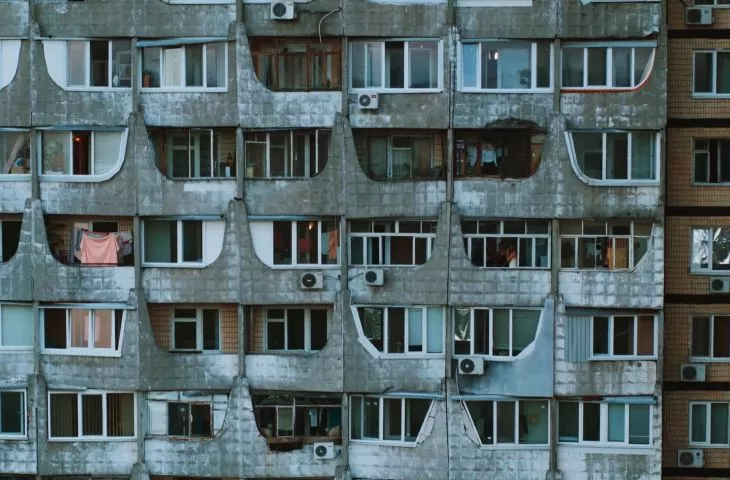


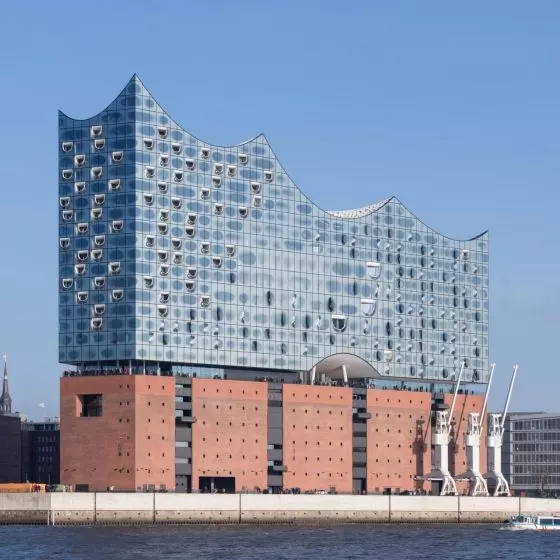
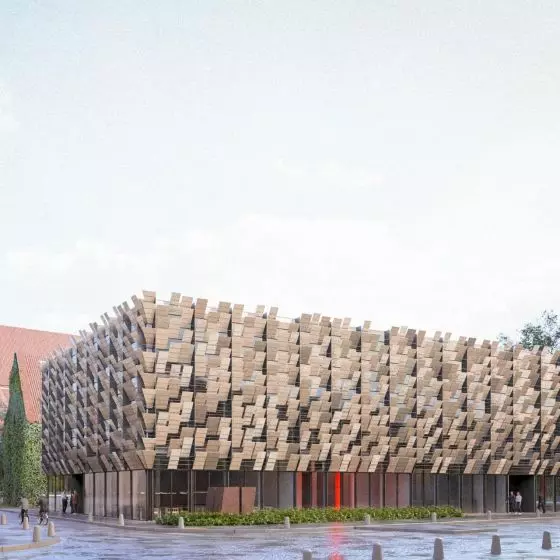
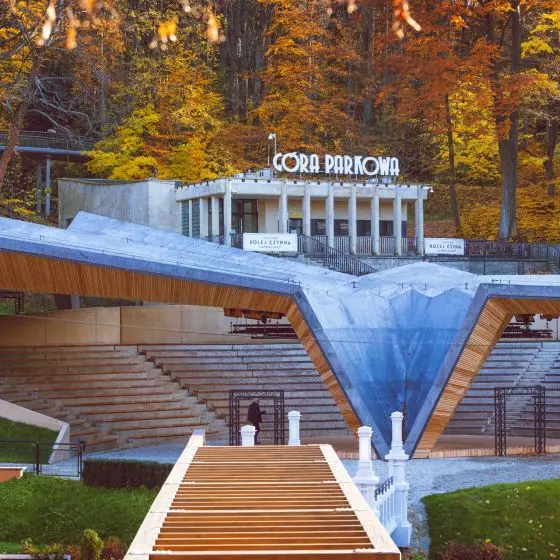
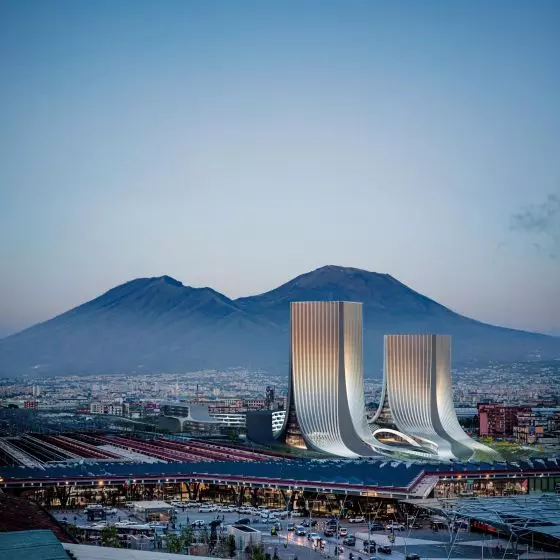
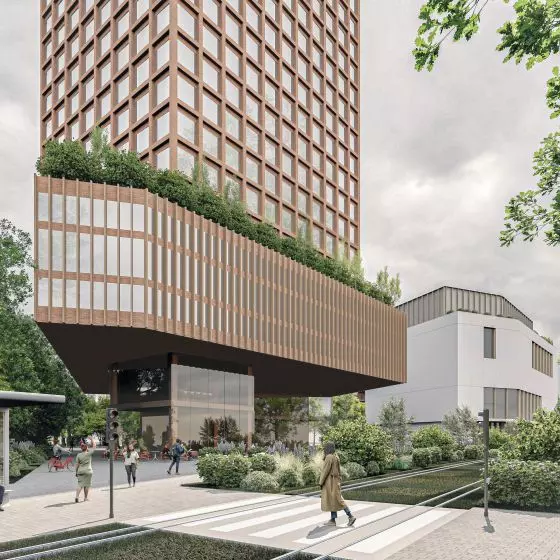
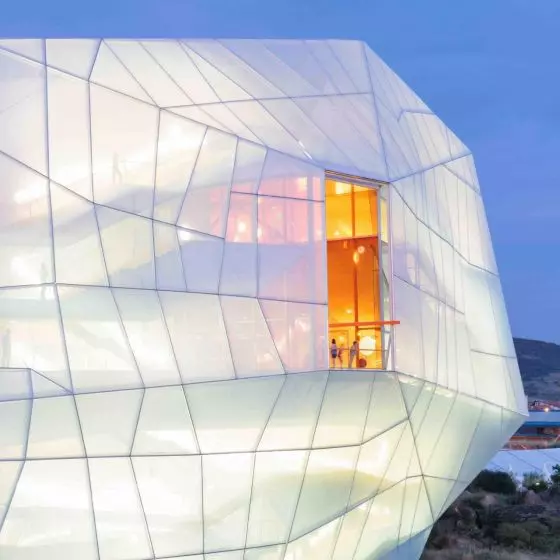
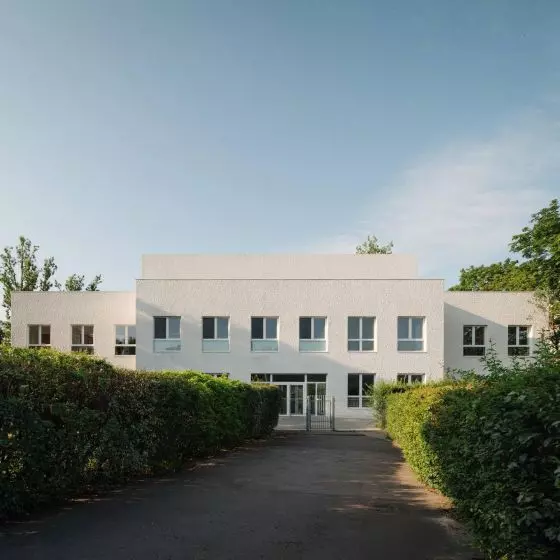
![Ricardo Scofidio [1935–2025]](https://cdn.architekturaibiznes.pl/upload/cms_aktualnosci/38432/images/kadr19/fit/560x560/ricardo-scofidio-457434.jpg)
